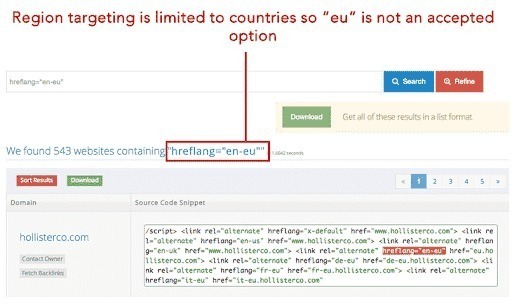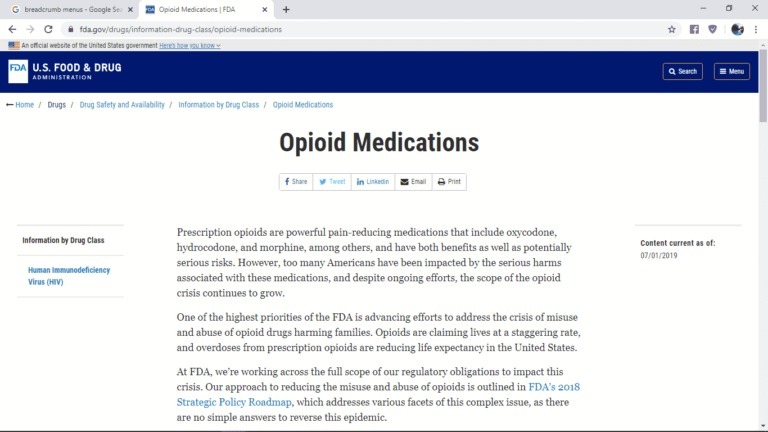Everyone knows how a quality seo service using content and using relevant keywords positively affects a website’s SEO ranking. However, people need to understand the importance of optimizing sites technically. It would become a strong foundation for your website, which can even improve user experience.
Go Deeper: More Resources on SEO:
- What is SEO
- What does SEO Stand For
- What is Social SEO?
- The Ultimate Guide To Organic SEO
- The Top Local Search Ranking Factors
- Technical SEO and How it Affects Your Website’s Rank
- How Does SEO Work for Your Business?
- SEM vs. SEO: Tapping Your Business Potential
- White Hat SEO vs. Black Hat SEO: Are You Doing SEO Right?
- Easy Guide to Getting Local SEO to Work for Your Small Businesses
- Small Business SEO: Are You Optimizing the Right Way?
- The Importance of NLP and What It Means For SEO
- The On-page SEO Checklist
- Keyword Research Mastery: The Beginners Guide
- The Ultimate Google Algorithmic Penalty Recovery Guide
- Questions you SHOULD Ask Before Hiring an SEO Expert
- The 5 Step Beginner Guide to SEO Writing That Ranks
What is Technical SEO?
When someone mentions search engine optimization (SEO), what usually comes to mind is the number of keywords present in the content. Although that is a considerable portion of SEO, there’s more to it than that. Throughout the years, SEO has evolved and has directed its attention to aspects other than keywords.
Technical SEO refers to the process and activities that companies do to ensure that their website is technically sound. It is the optimization of the site for crawling and indexing. It even improves the visibility of the website.
Practicing technical SEO can do all of these by making the site run faster, easier to crawl, more accessible, and more understandable for search engines.
There are three aspects of SEO, all in all. However, technical SEO has nothing to do with content, backlinks, analytics, or social media strategies, but instead deals with the website’s infrastructure. Here are the other two aspects:
- Off-Page – This deals with inbound links from other websites. The high number of mentions on other pages will show search engines that your site is trustworthy and contains informative or helpful content. In other words, this plans out website promotion.
- On-Page – From the name itself, this concerns what is on your website pages, such as content. It deals with how it can improve user-experience for all those who visit the site. This is where keyword research falls under.
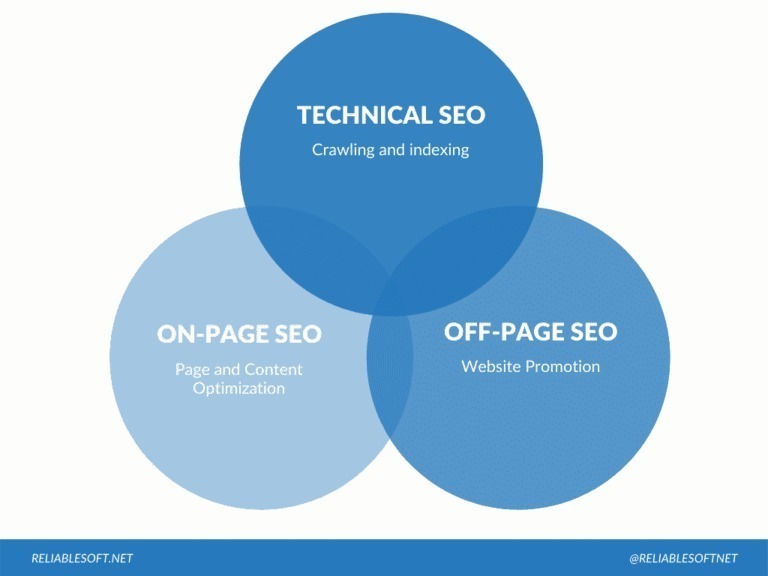
To rise through the search engine ranks, companies need to optimize all three of the said aspects. Stuffing your content with plenty of keywords will not be sufficient. Search engines have become sophisticated enough to judge sites not only by the quality of their content but also technical health.
Importance of Optimizing Site Technically
Search engines, such as Google, try to create accurate rankings for their users. They do this by crawling each website and evaluating them using several factors.
First, they would look at the user experience. They will check how fast the pages will load. Another factor that they will check is how easy they can understand the content of your website.
If you can improve all technical aspects to ensure that search engine robots can navigate easily through your site, you increase your chances of appearing earlier on the search results.
However, if you slack off and make serious mistakes, it will result in a sudden decrease in your ranking. That is why you have to check Google ranking for your website, go over your structured data and make sure that it is well-organized.
It does not mean that you should only focus on the technicalities. It should be the foundation of your website because it is a must for a site to be technically optimized.
Here are the essential characteristics of a technically sound website:
- Fast site speed – more than half of mobile website visitors leave the page if it doesn’t load within three seconds.
- Crawlable – internal links are a must to ensure that robots understand the critical parts of the site.
- No dead links – people get frustrated when they are led to a page that does not exist.
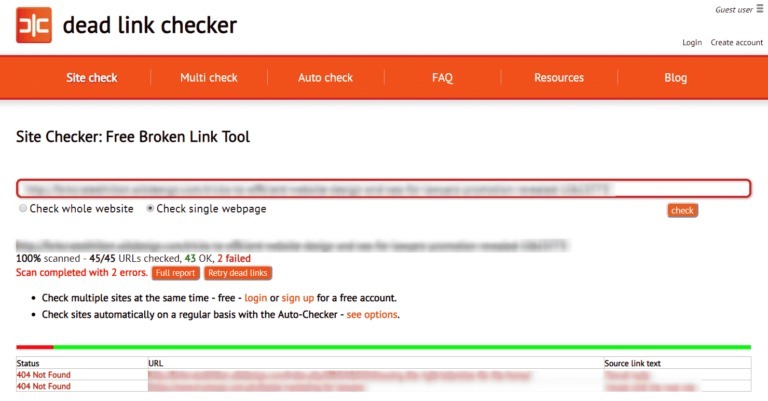
- No duplicate content issues – search engines may get confused if there are multiple pages in your site that contain the same content.
- Secure – visitors will feel reassured if your website can protect and guarantee their privacy.
- Structured data – helps search engines understand the website better and faster.
- Presence of an XML sitemap – it is a list of all pages present on your website, which will ensure that the search engines will not miss anything important.
- Hreflang tags – directly inform search engines what language or for which country the page is for.
Best Practices
Determine a Preferred Domain.
Doing so will tell the search engines which domain you wish to use throughout your operation. If not, they will get confused, and you may have to face duplicate content issues or a decrease in page rank. In the past, you could set this by going to Google Search Console, but not they will rely on canonical URLs.
Optimize robots.txt.
This is the text file found in your root directory that instructs search engines which pages are crawlable, which they can add to their index.
Optimize URL structure.
This refers to the format of your URLs. It must be in lowercase characters, use – to separate words, the descriptive must be concise, not use any unnecessary words or characters, and contain target keywords without stuffing it.
Improve the navigation and structure of your website.
Visitors will stay longer on the site if the structure is well laid out. Never place all the information on one page and make sure to create multiple category pages. Doing this can point search engines to the pieces of content that webmaster has deemed significant.
Include breadcrumb menus.
This refers to internal links that can help you navigate through previous pages. It also shows search engines how well-organized the website structure is.
Structured Data.
You can add this code to your pages, which can help search engines understand your content. It describes the context of your site in a language only they can understand.
Review Canonical URLs.
When search engines try to index your website, they will need to know which version to take note of. If two pages contain similar content, they will need to use the rel=”canonical” to avoid any duplicate content issues. There are specific plug-ins that you can use to add any reference to a canonical automatically.
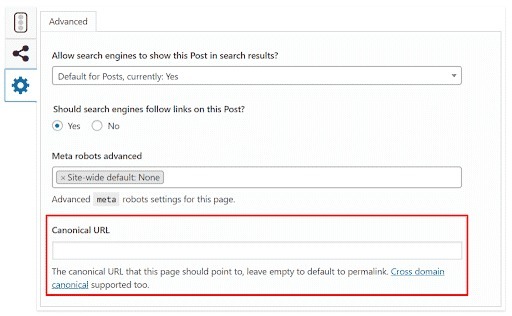
Optimize 404 Page.
Visitors will see a 404 error if the page does not exist. It could have been deleted, changed, or mistyped. You must ensure that you speak in a friendly manner and suggest alternatives that may contain related content.

Optimize XML sitemap.
It must contain only important pages. It should not include any page that does not have any original content. Update it regularly when there is a new page is created. You can make use of Google search console or Webmaster tools to send in your XML sitemap to Google.
Install SSL on your server.
If you do this, your website may be accessed with https, which means that any information passed through the site is encrypted.
Decrease page load time.
The quicker the loading time, the better your website performance. You can use Google page speed insights, google mobile speed tool, or Pingdom tools to check the speed. It will also give some suggestions on how it may be improved.
Ensure mobile-friendliness.
Most internet users utilize mobile phones; thus, it is necessary to create a mobile-friendly website.
Try Accelerated Mobile Pages (AMP).
This is a new version of your website with the use of AMP HTML, which uses a different Google cache that loads much faster.
Pagination.
When you try to divide a very long content into various pages, you must include rel=”next” and rel=”prev” to avoid duplicate content issues.
Hreflang tags for multi-lingual websites.
Technical SEO Audit
All websites must conduct a full SEO audit regularly, especially when new content is constantly posted and uploaded. Because SEO is continually evolving, it is recommended for people to do this every 4-5 months.
Although it is very time-consuming, it is still necessary to pinpoint what is lackluster and what needs to be revised.
Here is a guide for you to follow in conducting a technical SEO audit:
- Crawl your website. You can use different tools, such as DeepCrawl, to find errors in your backlinks, nonrelevant keywords, and any other technical issues that you may have in your site. You may check out your crawl budget, which is the number of pages that Google crawls your website and how often they do it on Google Search Console.
- Manually search your website on Google. You can look at the search results to see if your website is significant enough to appear on the first few pages.
- Check the SEO score. Visit SEO SiteCheckup to see what rating your website has to know what you are doing well on and what you need to improve.
- Go over the sitemap. This is one of the most important things that you have to review. Make sure to keep it clean, short, updated, and registered on Google Search Console.
- Check Versions of your Website. It may get confusing for search engines if there are different versions. It could also result in a low search engine ranking. Ensure that there is only one version that is browseable for visitors and crawlers.
- Review of Internal Links. Check:
- click depth – how many clicks away from the homepage each page is, and it should be as low as possible
- broken links – can waste crawl budget
- orphan pages – links not found on the website, making it difficult for search engines to locate.
- Examine site speed.
- Check for links, canonicals, redirects, and mixed content.
- Make use of an analytics service to compare metrics.
- Check backlinks and figure out what needs changing.
- Crawl your website after fixing all the issues found throughout the audit.
Although Technical SEO is only one of the three aspects of SEO that needs optimizing, it is still crucial, especially since search engines have become more strict in their crawling, indexing, and ranking. To ensure that you do well on the ranks, make sure to review all your plans and conduct audits regularly.
If you are in need of professional SEO help for your business, contact Fannit today!
